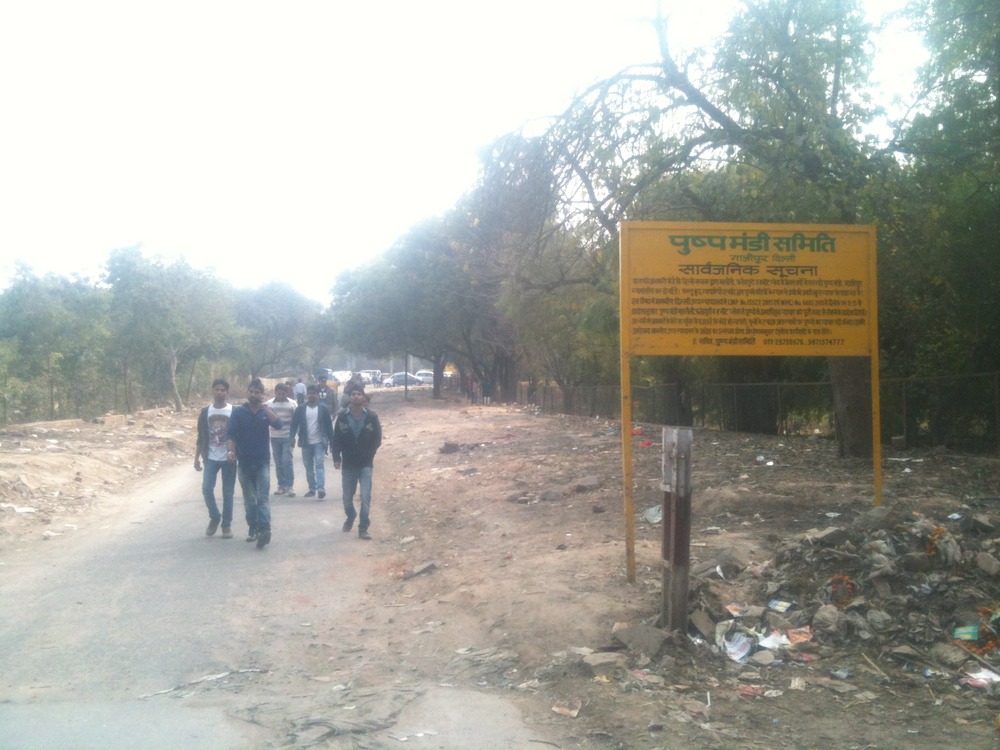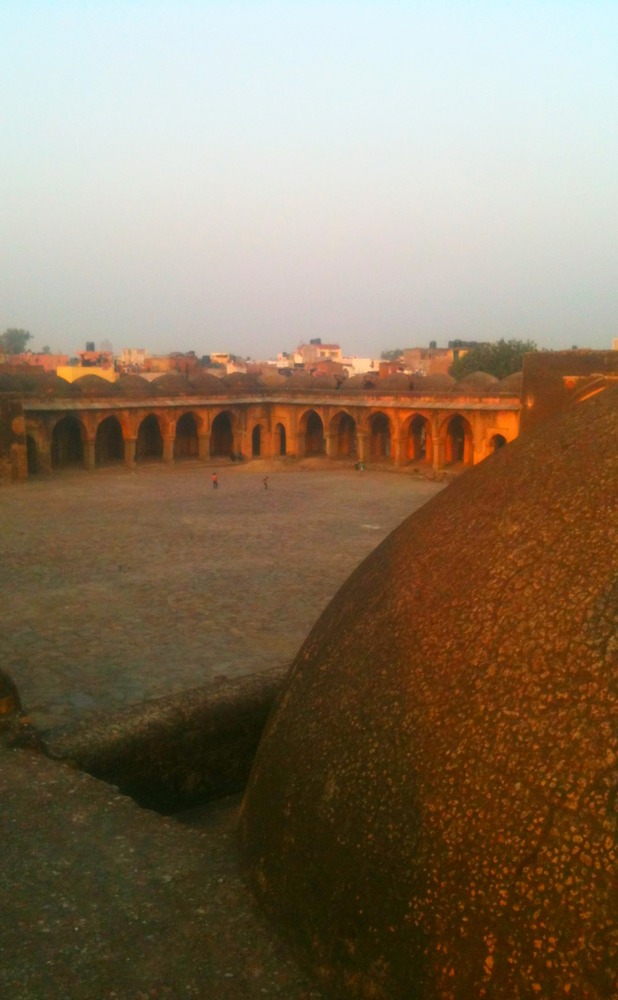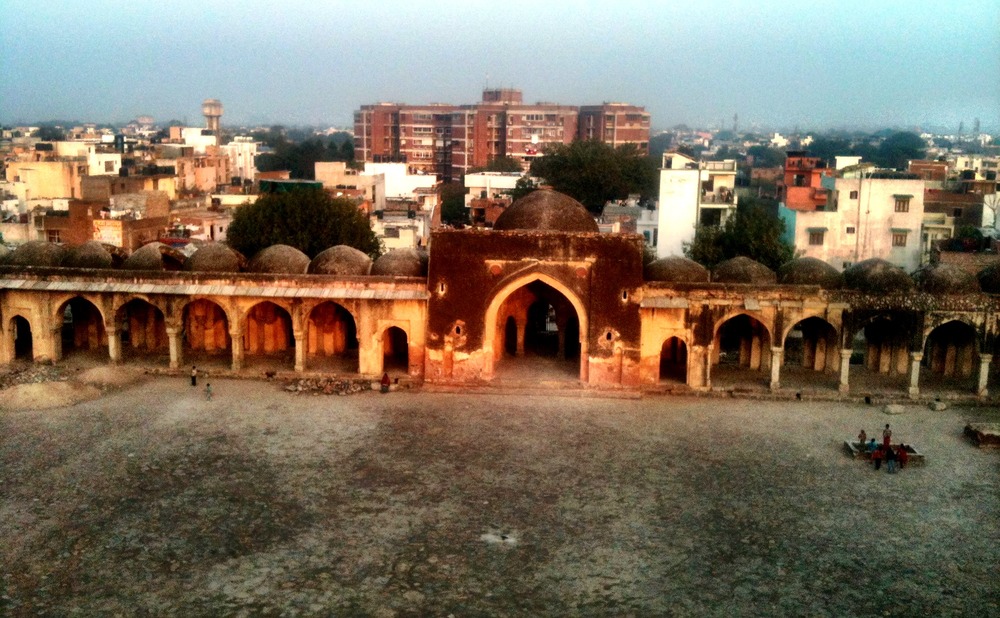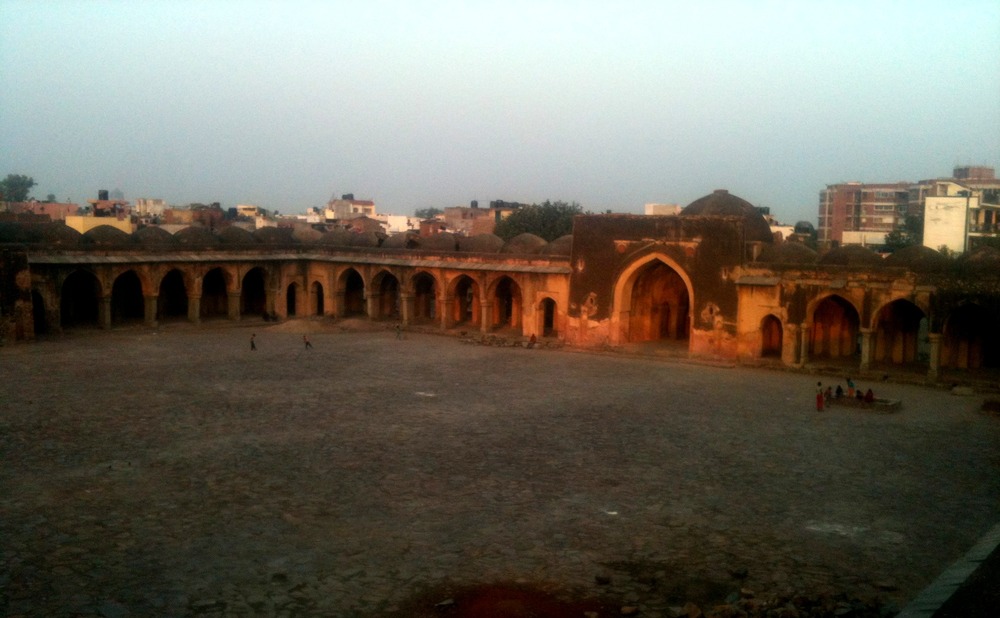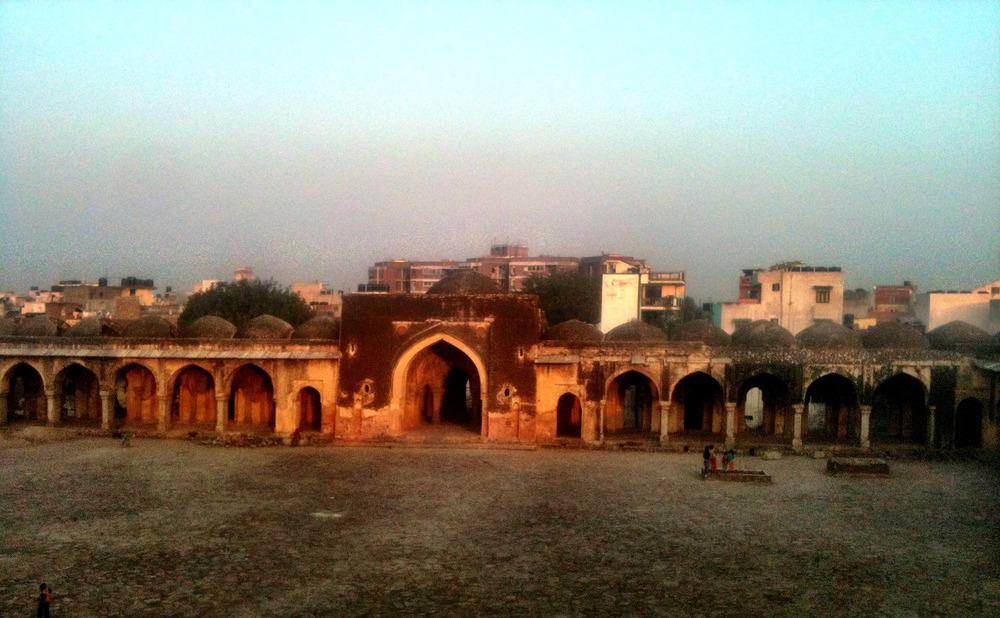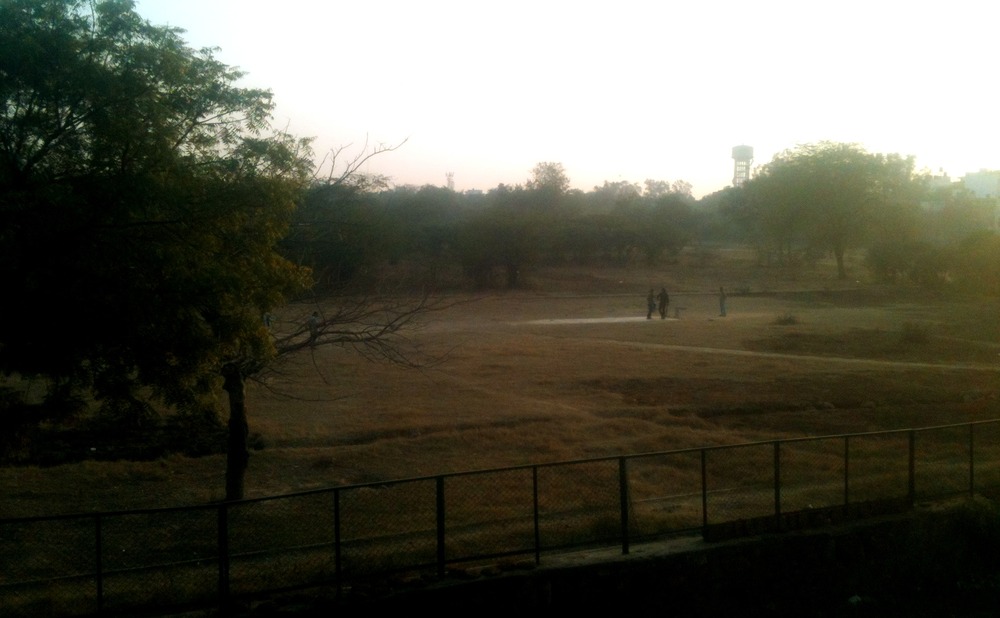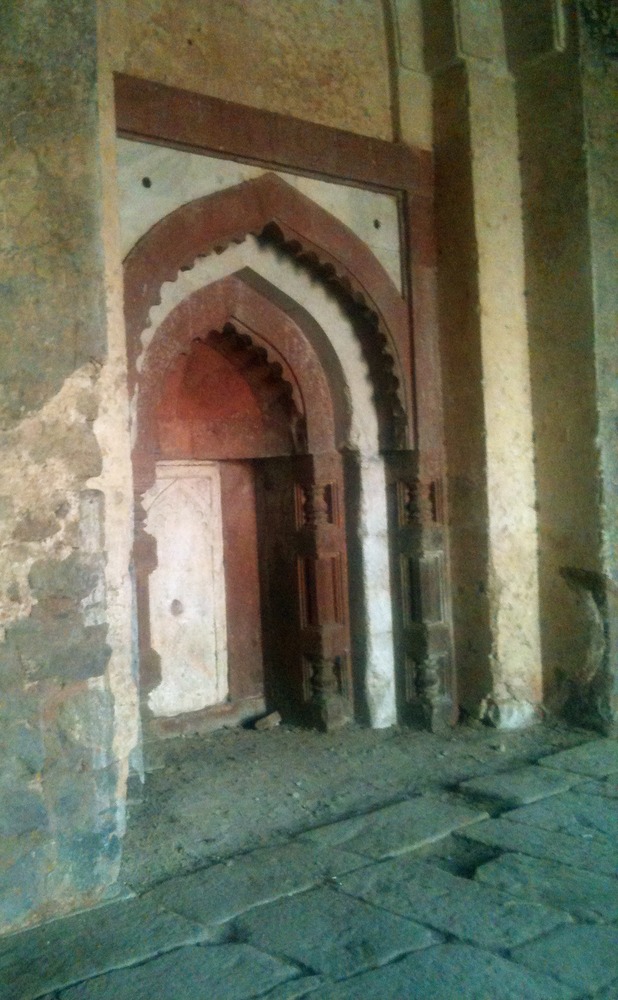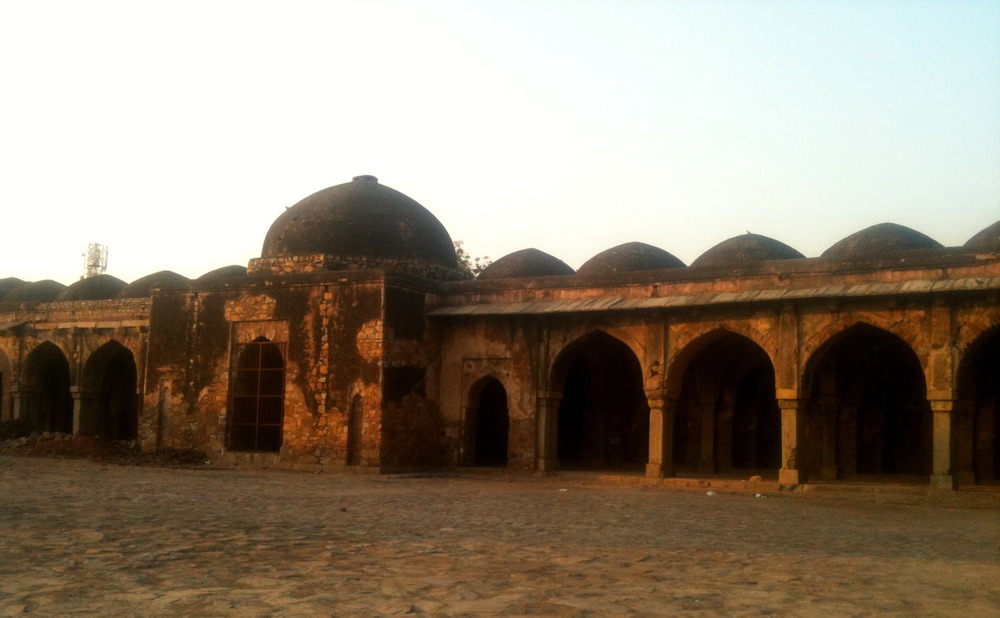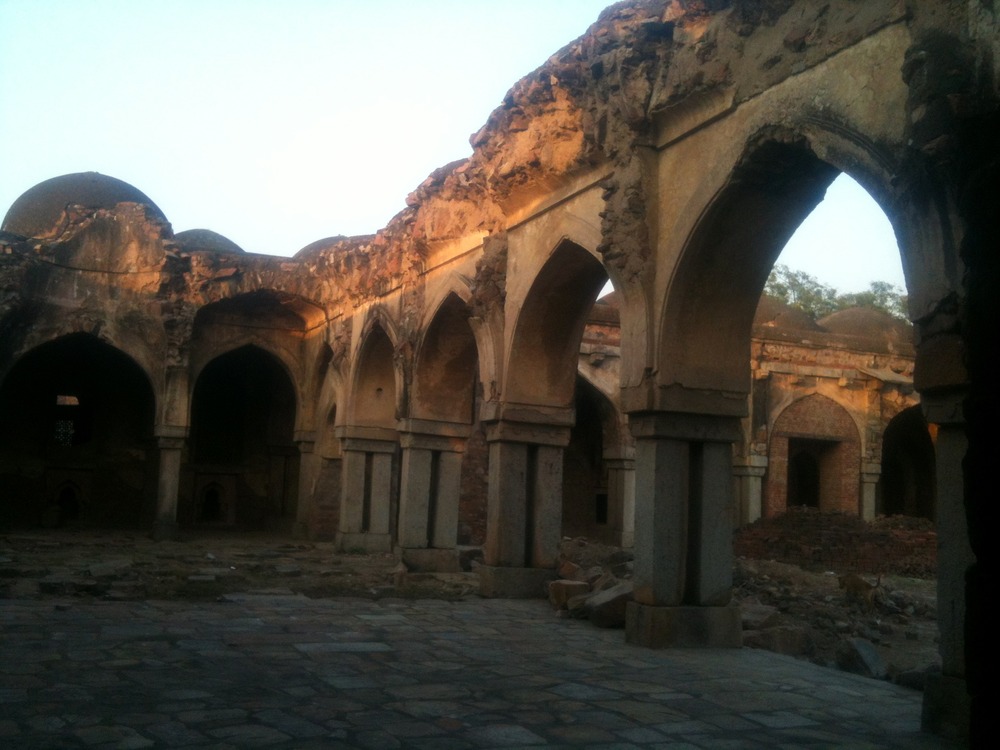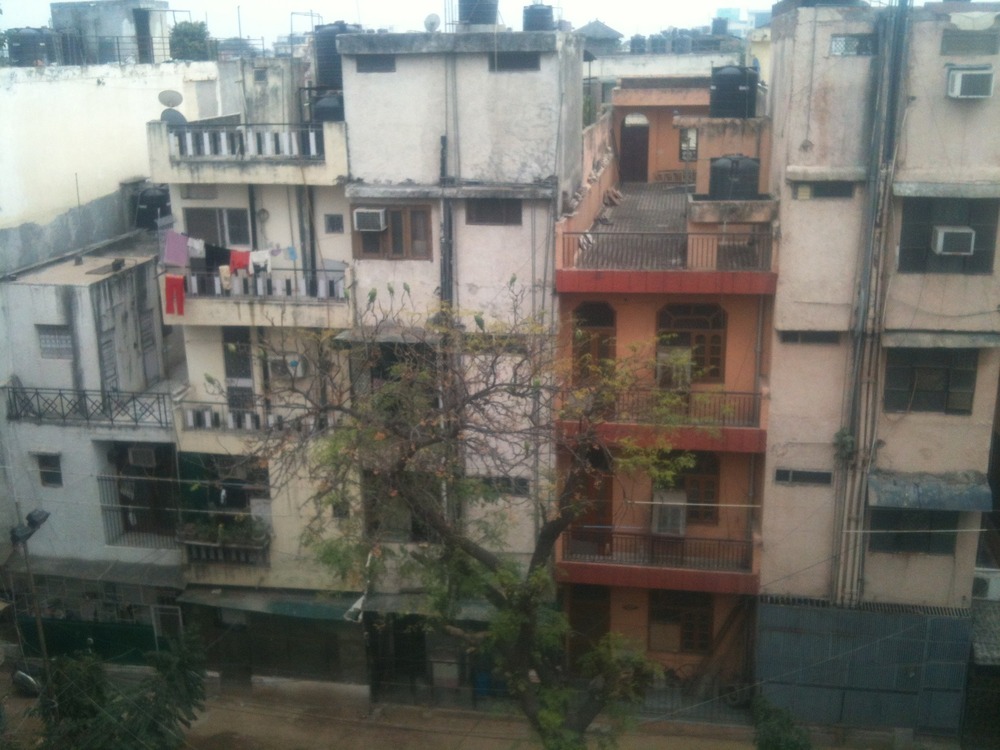Lawyers at the district court in New Delhi refused to defend the accused men — the bus driver, his brother and four of their friends, all residents of a south Delhi slum near the site of the attack.
“We have decided that no lawyer will stand up to defend the rape accused as it would be immoral to defend the case,” Sanjay Kumar, a lawyer and a member of the Saket District Bar Council, told AFP.
Kumar said the 2,500 advocates registered at the court have decided to “stay away” to ensure “speedy justice”, meaning the government would have to appoint outside lawyers for the defendants.
While there’s no sympathy for the perpetrators of the Delhi gang rape – ensuring at the very least a defence for the right to due process is the only appropriate response.
Sure, Mr Kumar says it’s simply a symbolic gesture, but to me – it’s a deeply problematic gesture – what if every counsel in the country would choose to do this?


